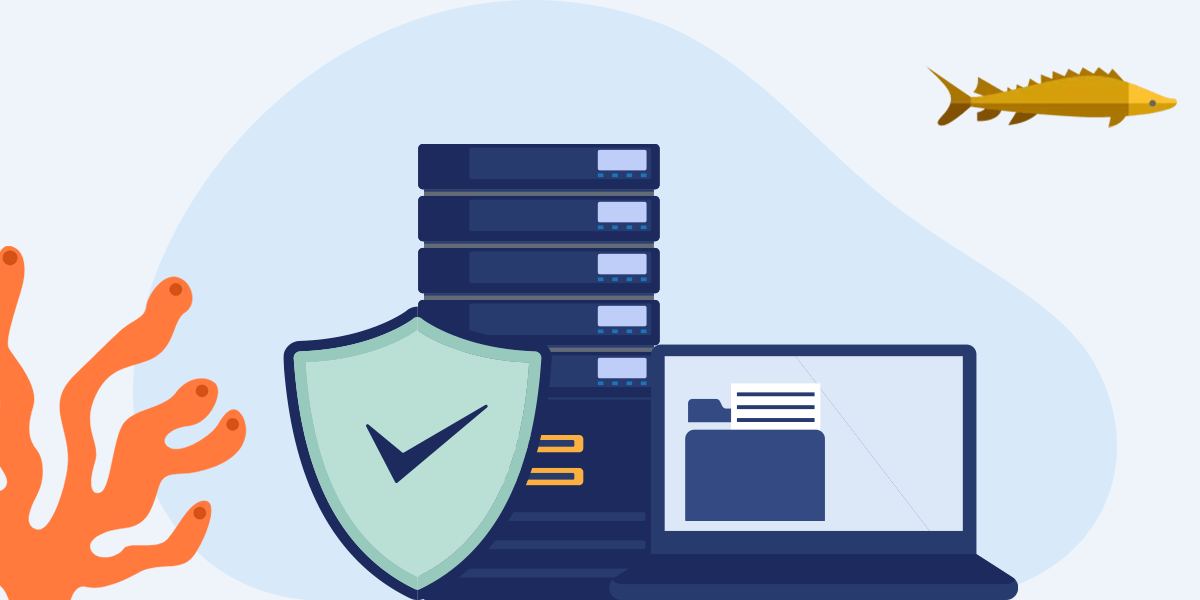


Cash Flow Tips for Running Your MSP



Positive cash flow is the key to your MSP's profitability and growth. With financial stability, you can deliver the top-quality services your clients expect while growing your operations and improving your offerings. Check out these tips for improving your MSP's cash flow and increasing growth opportunities.
1. Understand Cash Flow Management
Cash flow management is the process of tracking, analyzing and optimizing how money flows in and out of your business. Understanding how to manage your cash flow will empower your MSP to improve profitability and get the cash needed for growth.
As you focus on cash flow management, you may encounter common challenges such as:
- Payment delays and issues.
- Uncontrolled and unexpected expenses.
- Poor inventory management.
- Inaccurate forecasting.
- Disorganized bookkeeping.
The following tips can help your MSP minimize these challenges and create efficient, accurate processes that improve your cash flow and profitability.
2. Implement Effective Budgeting Strategies

Effective budgeting techniques, such as setting realistic budgets, tracking expenses and forecasting revenue, can help you better control cash flow in and out of your business:
- Create a realistic budget: Setting a realistic budget for your MSP will give you realistic expectations for cash flow. Your budget will need to account for cash outflow from fixed expenses, such as rent and insurance payments, as well as variable expenses, including hardware, labor and other operational costs. As you set reasonable financial goals and limits that work for your business, you can manage your cash flow and continue to grow your profitability.
- Audit expenses: Review expenses regularly — about once a month is best. Evaluate every expense to determine what it was for, if it is accurate and whether it's essential to your operations. Your goal should be to reduce unnecessary costs and the cash flowing out of your business. Regular expense audits can help you better understand where your money is spent so you can make more informed long-term decisions.
- Forecast revenue: Revenue predictions can help prepare your MSP for the future as cash flows in and out of your business. Historical forecasting analyzes past data to create accurate predictions, enabling your MSP to estimate what cash flow will look like in a specific period. Knowing how much revenue to expect and when to expect it allows you to make informed decisions rather than reacting in the moment to cash flow changes.
3. Monitor and Analyze Cash Flow
As you create and routinely assess your budget, you'll also want to analyze your cash flow statements. Positive operating cash flow is a sign of good business health. If your cash flow is negative, look for red flags that may signal opportunities for adjustment. Search for ways to free money from investments, overdue accounts receivable or other instances that may inhibit your cash inflow.
4. Improve Pricing and Billing Practices
Your pricing directly influences cash flow. Undercharging prevents your MSP from receiving well-deserved cash inflow. Knowing your value and adjusting prices to reflect your capabilities and experience is critical to increasing your cash flow. Take time to review legacy contracts that may eat into your profits, and raise rates to match your current prices.
An efficient billing system is another step to increasing your cash inflow. Effective billing practices include:
- Making it easy for customers to pay: Automated electronic payments make transactions convenient for your business and clients. The more predictable cash flow allows for better financial decision-making.
- Billing in advance: Get paid upfront, and you'll have the cash flow you need to operate and grow your business. You can put clients on direct debit, helping you get your money quickly and easily.
- Using incentives and penalties: Some clients are motivated by incentives for early payment, while others may be motivated by penalties such as late fees. Find what works best for your business and clients to ensure consistent payment and cash flow.
- Implementing strict collection policies: Clear, decisive collection policies enable you to ensure timely payment and protect your cash flow. Prompt and accurate invoicing and collections help your MSP set and follow through on your expectations for clients.
5. Negotiate Favorable Vendor Contracts
Your business works with several vendors to offer valuable services to your clients. Ensure you get the most out of your vendor relationships by negotiating your contracts. Evaluate your contract to see if there are ways to reduce costs, then negotiate with your vendor to set terms that help increase your margins. If the vendor is unwilling to negotiate, research other vendors to find better pricing.
6. Plan for Growth
When building your MSP, focus on creating a scalable business model. Planning for growth ensures your business can handle increasing demand and workload while maintaining consistent cash flow.
Saving money is another way to enhance your scalability. As a rule of thumb, build up your savings with enough money to cover expenses for three to six months in case of a cash flow crunch as you expand operations.
7. Automate Financial Processes
Automation saves you time, energy and hassle while improving accuracy and efficiency. Incorporating automation into your financial processes enables you to focus more on running your business and less on manual, repetitive tasks. Automating collections can decrease the time between client payments, enhancing your cash flow and increasing your growth opportunities.
8. Let Unprofitable Customers Go
Do you have customers who always pay late, overuse your services and waste your time? Perhaps you have clients who don't quite fit with your business and frequently ask for work outside your scope. If you have customers like these, it is time to let them go. Unprofitable clients lead to high cash outflow while contributing little to cash inflow.
Here are a few tips for letting go of fruitless customers:
- Honor your contract: If your contract has a notice period or other termination specifications, be sure to follow them to avoid breaching the contract.
- Speak respectfully: Politely thank them for their business and use a reasonable, calm tone in your communications.
- Be firm and consistent: Once you have decided it's time to let a customer go, hold your ground and follow through.
- Gather evidence: Clearly explain the reasons for terminating the relationship and have evidence ready if needed.
9. Outsource for Cost Efficiency
Employees are an expensive part of running an MSP. You can decrease these costs and increase your cash flow by outsourcing non-core activities. Outsourcing saves you time, money and effort in hiring and retaining employees while giving you expert support that helps your business grow. You can outsource a variety of tasks, from bookkeeping and marketing to IT and cybersecurity awareness training, allowing you to focus more on growing your business.
Protect Your Cash Flow With Help From Phin Security
Strong cash flow is critical to business continuity and growth — protect your cash flow with comprehensive cybersecurity. Phin Security's automated platform can help your MSP increase security awareness, defending your organization and preventing attacks that could disrupt your cash flow. Contact us for a free trial today!







Leave a comment: